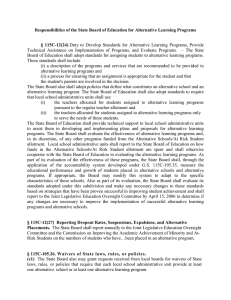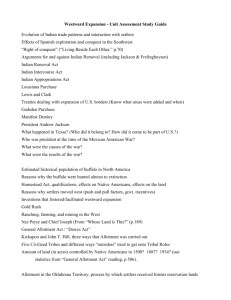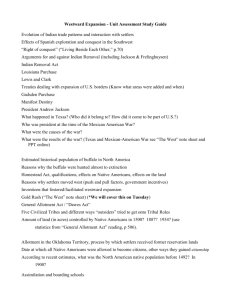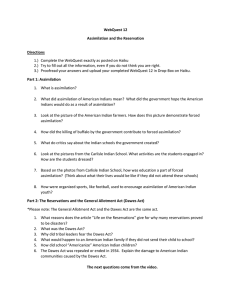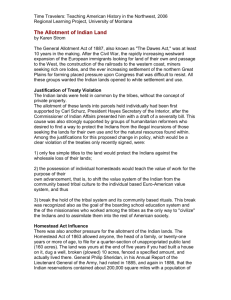Allotment Congress passed the General Allotment Act of 1887
advertisement
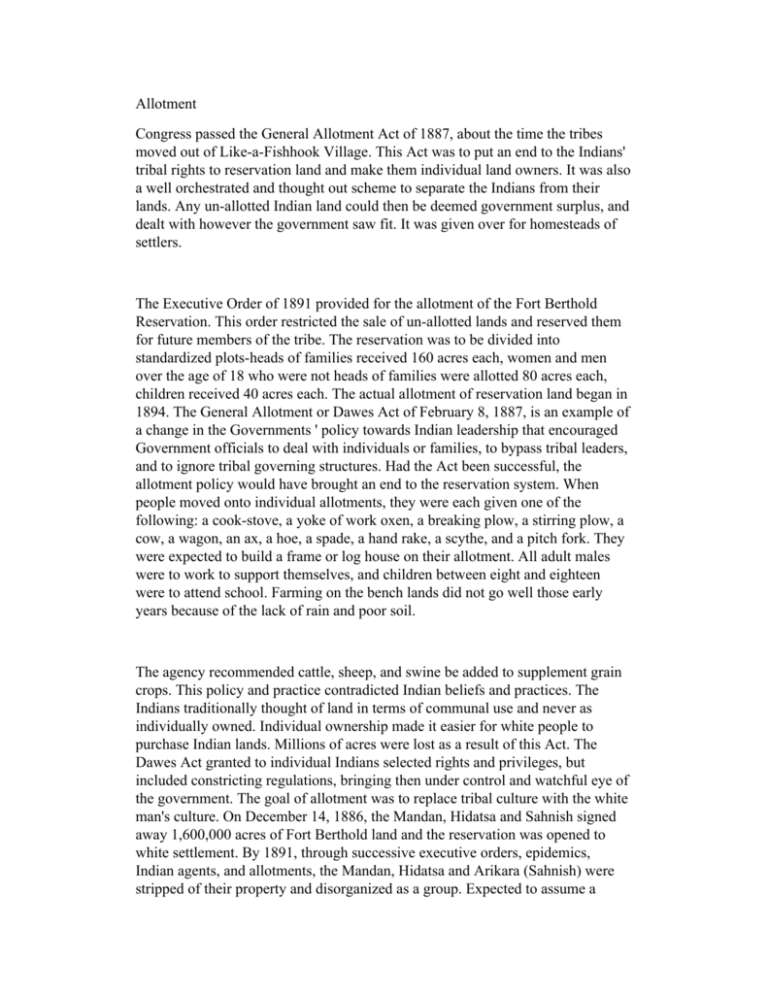
Allotment Congress passed the General Allotment Act of 1887, about the time the tribes moved out of Like-a-Fishhook Village. This Act was to put an end to the Indians' tribal rights to reservation land and make them individual land owners. It was also a well orchestrated and thought out scheme to separate the Indians from their lands. Any un-allotted Indian land could then be deemed government surplus, and dealt with however the government saw fit. It was given over for homesteads of settlers. The Executive Order of 1891 provided for the allotment of the Fort Berthold Reservation. This order restricted the sale of un-allotted lands and reserved them for future members of the tribe. The reservation was to be divided into standardized plots-heads of families received 160 acres each, women and men over the age of 18 who were not heads of families were allotted 80 acres each, children received 40 acres each. The actual allotment of reservation land began in 1894. The General Allotment or Dawes Act of February 8, 1887, is an example of a change in the Governments ' policy towards Indian leadership that encouraged Government officials to deal with individuals or families, to bypass tribal leaders, and to ignore tribal governing structures. Had the Act been successful, the allotment policy would have brought an end to the reservation system. When people moved onto individual allotments, they were each given one of the following: a cook-stove, a yoke of work oxen, a breaking plow, a stirring plow, a cow, a wagon, an ax, a hoe, a spade, a hand rake, a scythe, and a pitch fork. They were expected to build a frame or log house on their allotment. All adult males were to work to support themselves, and children between eight and eighteen were to attend school. Farming on the bench lands did not go well those early years because of the lack of rain and poor soil. The agency recommended cattle, sheep, and swine be added to supplement grain crops. This policy and practice contradicted Indian beliefs and practices. The Indians traditionally thought of land in terms of communal use and never as individually owned. Individual ownership made it easier for white people to purchase Indian lands. Millions of acres were lost as a result of this Act. The Dawes Act granted to individual Indians selected rights and privileges, but included constricting regulations, bringing then under control and watchful eye of the government. The goal of allotment was to replace tribal culture with the white man's culture. On December 14, 1886, the Mandan, Hidatsa and Sahnish signed away 1,600,000 acres of Fort Berthold land and the reservation was opened to white settlement. By 1891, through successive executive orders, epidemics, Indian agents, and allotments, the Mandan, Hidatsa and Arikara (Sahnish) were stripped of their property and disorganized as a group. Expected to assume a philosophy of individualism, they were, as individuals, pushed to lower and lower social and economic levels. (Dunn, 1963)
